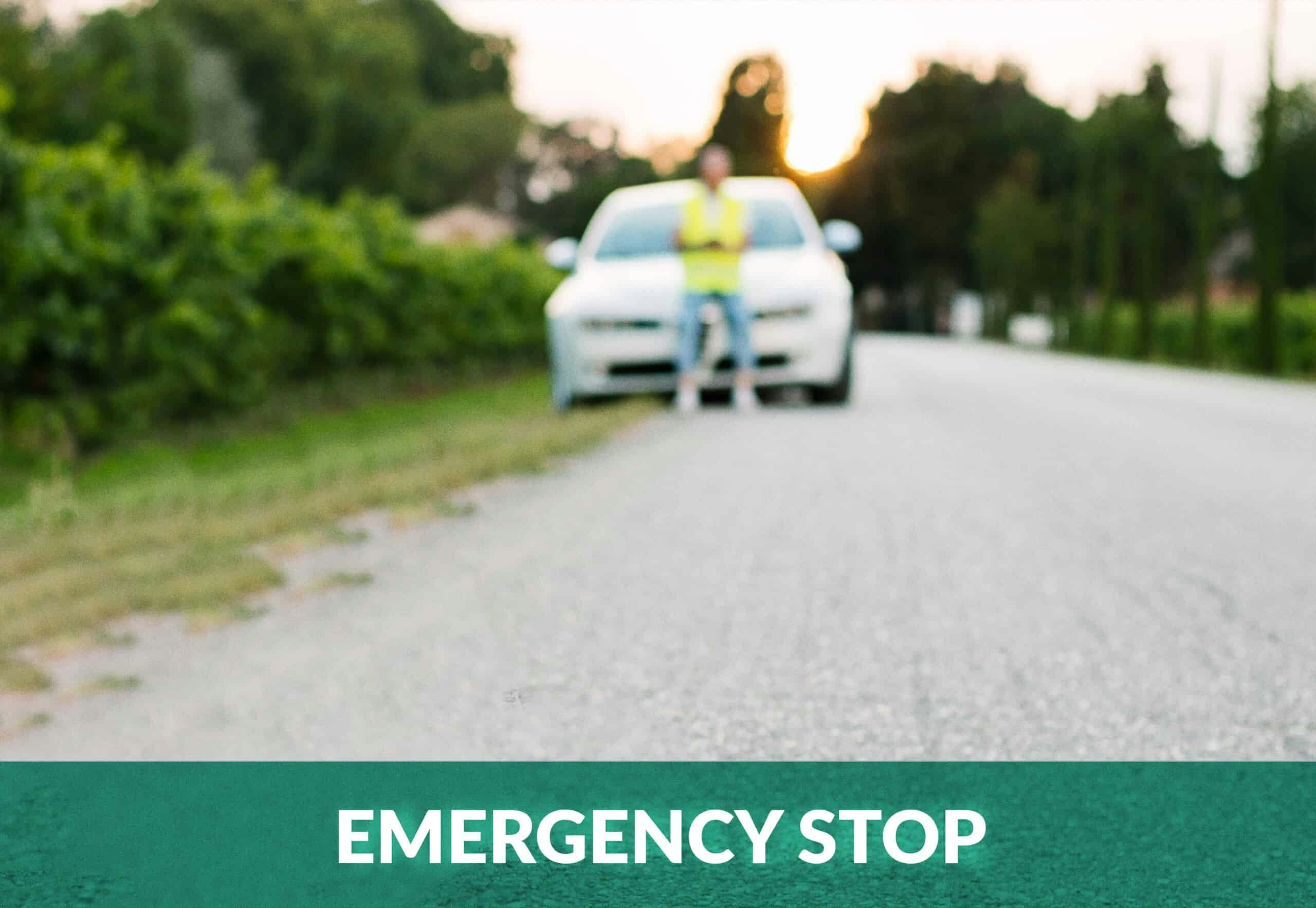
The Emergency Stop Challenge
If you are learning to drive one of the maneuvers you will have to master is the emergency stop. Although you hope that you never encounter an emergency, it is vitally important to know what to do in the event that you do. Executing a proper emergency stop can save lives, and prevent crashes and everything that comes with them.
In this post we will explain how to perform a perfect emergency stop, and we have also created a game to test your reactions and see how well you can come to a halt in an emergency.
The Emergency Stop Challenge
Do you have what it takes? Are your reactions swift and agile? Or do you need to look sharp and pay better attention?
Put yourself to the test and find out, with our Emergency Stop Game!
What examiners are looking for in an emergency stop
The biggest tip for emergency stops is to avoid them all together where possible. This is achieved by making sure that you keep alert while driving and maintain good hazard perception. If you can spot a developing situation further away you have more time to slow down and avoid it.
Although this may sound counterintuitive, there is no need to rush an emergency stop. In fact, panicking and trying to stop too quickly can result in poor car control and could cause you to have an accident.
Consequently, there are three main areas that a driving examiner will be looking for if you’re asked to perform an emergency stop on your test, these are: speed, control, and checks.
- Speed: In a test situation you will already have been given warning that you are to perform an emergency stop, it is then up to you to quickly and decisively (but safely) bring the vehicle to a halt.
- Control: Use the clutch and brake pedals correctly, and maintain control of the steering wheel to ensure that the car doesn’t lose veer off the road.
- Checks: Once you have ground to a halt you will have to get going again. Before doing this, make sure you do full mirror and blind spot checks before resuming your journey.
How to perform the perfect emergency stop
Now you know what you’re being judged on you need to know how to actually execute the maneuver to perfection, the following step-by-step guide will help you achieve this.
- Take immediate action – Once you see an emergency situation develop in front of you (or are told to perform the maneuver by an examiner) you must act swiftly and decisively.
- Slow the vehicle down – You need to depress the clutch pedal and the brake simultaneously – the ABS system in your car will then do most of the work to slow you to a swift halt. (Note, if you have an older car without ABS you will depress just the brake pedal and at the last moment depress the clutch as well).
- Controlling the vehicle – At all times during the procedure, make sure that you keep both hands on the steering wheel; control is vital to avoid swerving and doing more damage.
- Stopping – Once your vehicle has stopped moving, apply the hand brake and pop it into neutral.
- Setting back off – Make sure to perform normal start-up checks before setting back off. Check your mirrors and your blind spots and make sure the road around you is clear, once this is all okay select first gear and pull off.
If you follow these five simple but effective steps you should have no problem passing this maneuver on a driving test, and more importantly, you could save yourself and others out in the real world.
To make sure your reactions are up to scratch make sure to use our tool to see how quickly you could respond to an emergency whilst driving:

550+ exam-like questions
All you need to ace your test
Perfect for first-timers, renewals and senior citizens
Recommended articles
Ace your DMV test, guaranteed
Want to Be the Top School in Your Area?
- Simple & automated admin
- More time for teaching
- #1 learning materials for students


